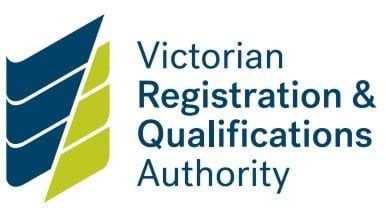About the Standard
Providers must combine all the Standards together to create a child safe culture. They must make sure that their policies and procedures are:
- accessible to all
- informed by best practice
- championed by leaders
- implemented effectively
- tending to all the Child Safe Standards.
The organisation's practices must support a safe environment for students.
Are you a registered school?
CRICOS schools and SEOs that are also registered schools should follow the child safe advice for schools. They must ensure their CRICOS and SEOs operations are incorporated into the school’s compliance with the Standards. They should tailor advice to their international student cohort and community.
Schools - implementation of child safety practices regulations
Policies and procedures that document how schools are safe for children, young people and students.
A CRICOS or SEO school complying with this Standard may:
- develop and inform policies and procedures by:
- professional development
- research
- consultation
- nominate a child safety champion to promote, monitor and report on the school's compliance
- integrate child safety into induction processes, ongoing education, training and supervision for all staff and volunteers
- publish easily accessible child safety policies, for example in multiple modes:
- other languages or dialects
- visual aids or posters
- audio or audio-visual resources.
Are you a non-school student exchange organisation?
Non-school student exchange organisations (SEOs) should follow the advice provided on this page and ensure that student care and oversight of inbound and outbound exchange programs match.
How to comply
A non-school SEO must implement practices for a child safe environment. They must establish policies and procedures that:
- meet all the Child Safe Standards
- staff and volunteers understand and put into place
- leaders champion and model to promote a child safe environment
- are documented and easily understood
- are informed by best practice models and stakeholder consultation.
Examples of compliance
A non-school SEO complying with this Standard may:
- have policies and procedures that describe how to maintain safe exchange environments
- provide copies of its child safety policies and procedures in welcome packs
- conduct ongoing interviews or surveys of exchange students
- train staff and volunteers on SEO policies and responsibilities
- brief management on child safety issues including risk assessment
- inform third-party providers, host families, partner SEO organisations about child safety
- review policies and practices on accessibility, cultural safety, diversity and inclusion.
Updated


